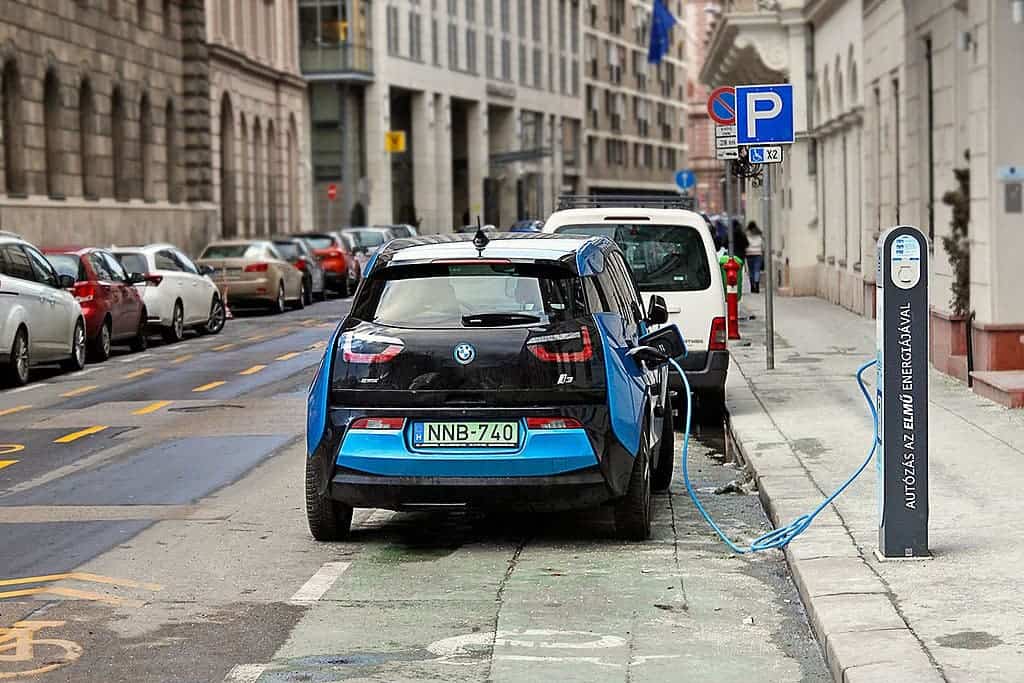Despite their growing popularity, many consumers still hesitate to make the switch to electric vehicles (EVs) due to the time it takes to charge the batteries. As of now, charging an EV from near empty to full takes more time than refilling a gasoline-powered car. However, that time difference is shrinking, with new and exciting research coming up.

Scientists from Idaho National Laboratory are using artificial intelligence and machine learning to reduce charging times without damaging the battery. They have designed super-fast charging methods that can power all kinds of batteries in 10 minutes or less, which they argue could boost the adoption of EVs and increase consumer confidence.
“We’ve significantly increased the amount of energy that can go into a battery cell in a short amount of time. Currently, we’re seeing batteries charge to over 90 percent in 10 minutes without lithium plating or cathode cracking,” Eric Dufek, one of the study authors, said at the fall meeting of the American Chemical Society (ACS) this week.
The challenges of EV charging
During the early days, most people charged their EVs at home or at work over a period of several hours. However, the industry is evolving fast and has now become much more versatile. With fast chargers being deployed in many countries, drivers have the option to charge on the go as they shop for groceries, grab a coffee or pick up a prescription.
There are three major types of chargers. Level 1, the most basic and the slowest, means plugging the car into a standard wall outlet. Level 2 charges faster (about 5 to 6 hours instead of over 20) and uses a 208-240-volt circuit. And then there are fast chargers, which can deliver up to 350KW and charge 80% of the battery in about half an hour. It’s like using fiber optic internet instead of dial-up.
Charging the batteries that fuel EVs is a delicate balancing act. Drivers want to power up as fast as possible to get back on the road, but with current technology, speeding up the process can cause damage. When a battery is charged, lithium ions migrate from one side of the device, called the cathode, to the other, called the anode.
Making the ions migrate faster charges the battery more quickly. But sometimes the ions don’t fully move into the anode. This can cause lithium metal to build it, which then triggers early battery failure or causes the cathode to wear and crack. These issues will reduce the lifetime of the battery and the effective range of the vehicle
One solution to this would be to tailor the charging protocol so it can optimize speed while avoiding damage to the many different types of battery designs out there. However, developing protocols requires a lot of data on how different methods affect the lifetimes, efficiencies, and safety of the batteries, the researchers at the Idaho lab said.
With this in mind, Dufek and his team started using machine learning techniques to incorporate charging data to create unique charging protocols. By adding information about the condition of many types of batteries during their charging and discharging cycles, the machine learning analysis can predict lifetimes and how different designs would fail.
“Fast charging is the key to increasing consumer confidence and overall adoption of electric vehicles,” said Dufek. “It would allow vehicle charging to be very similar to filling up at a gas station.”
Having batteries charge to over 90% in 10 minutes without damage is a big improvement from current methods, which, at best, can get an EV to full charge in 30 minutes, the team said. Now, they plan to use their model to help design batteries that can undergo fast charging, with the goal of EVs being able to “tell” charging stations how to power their batteries.
This research was presented at a meeting of the American Chemical Society.


